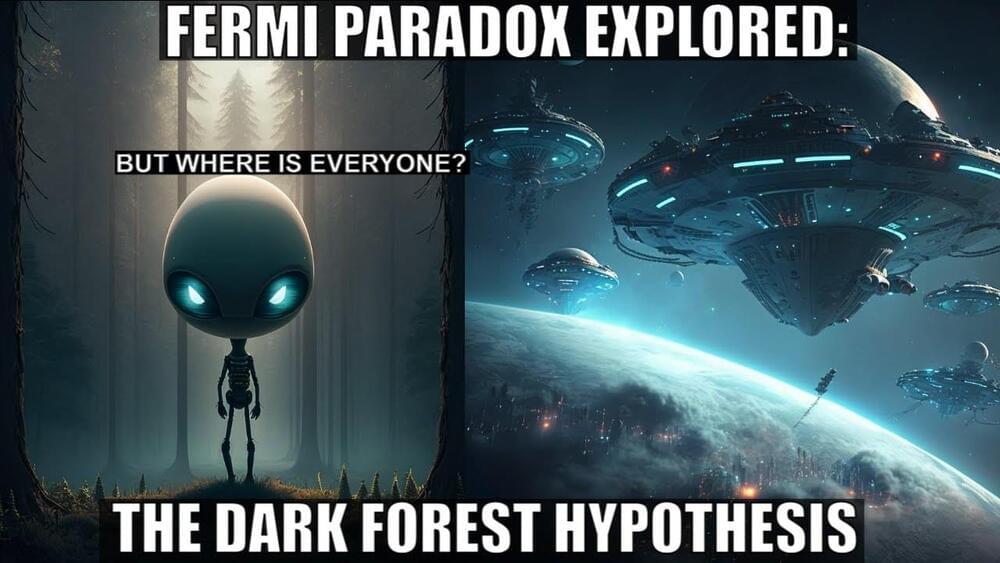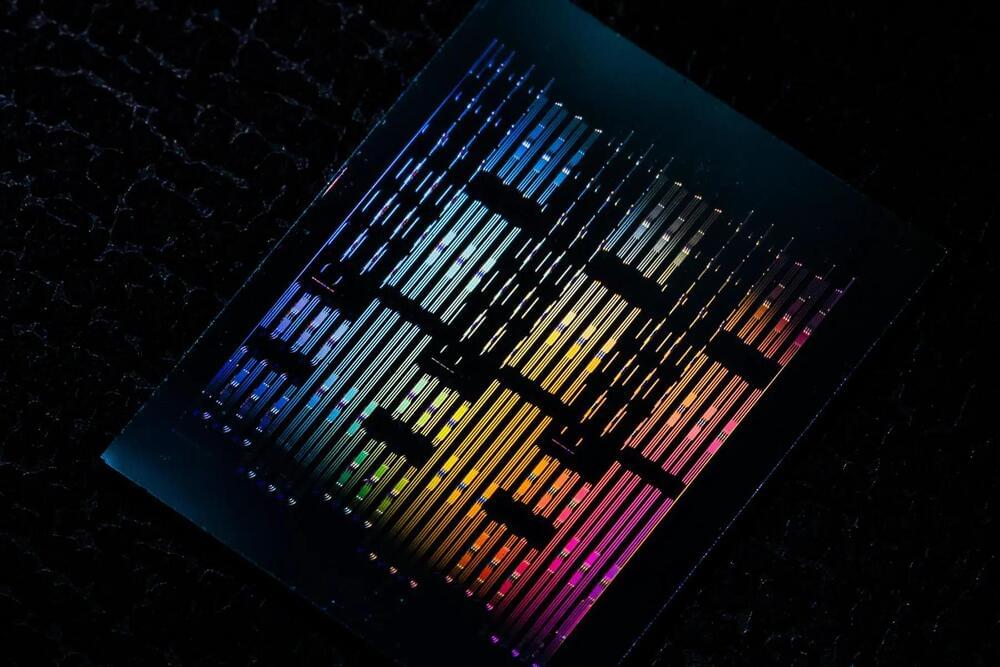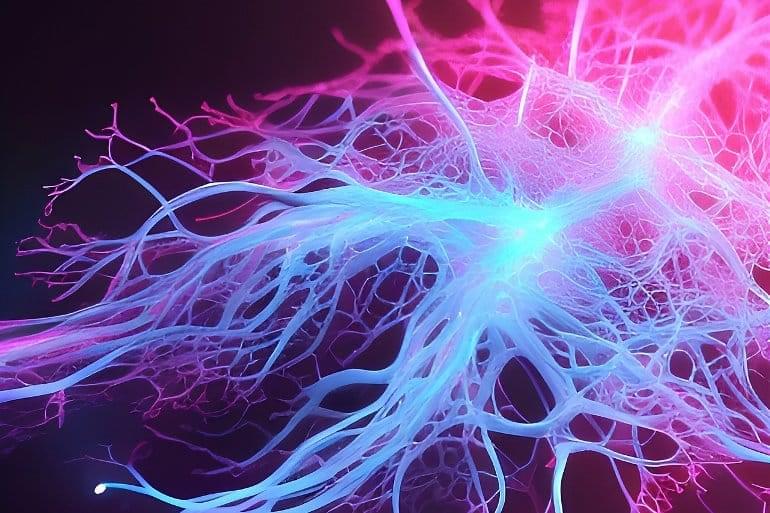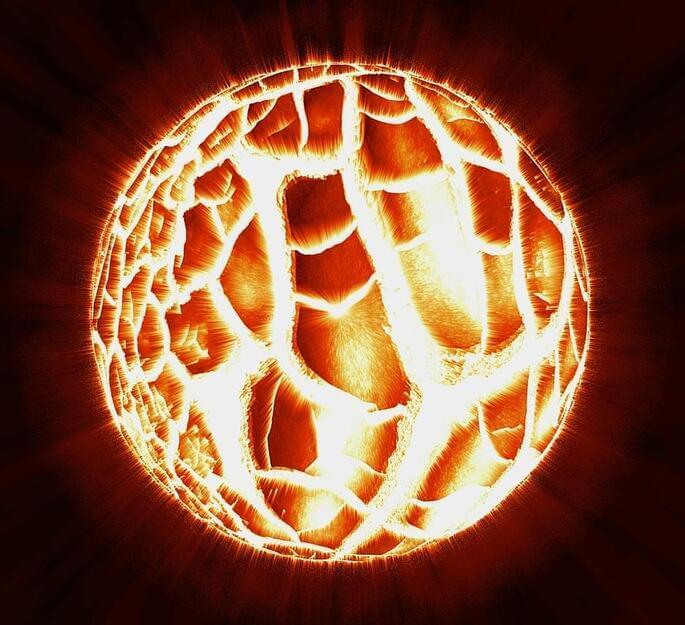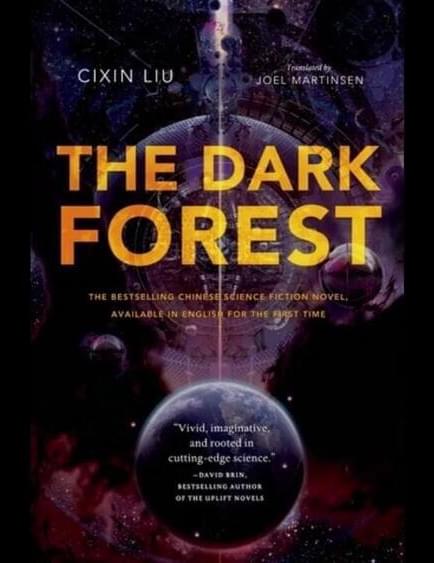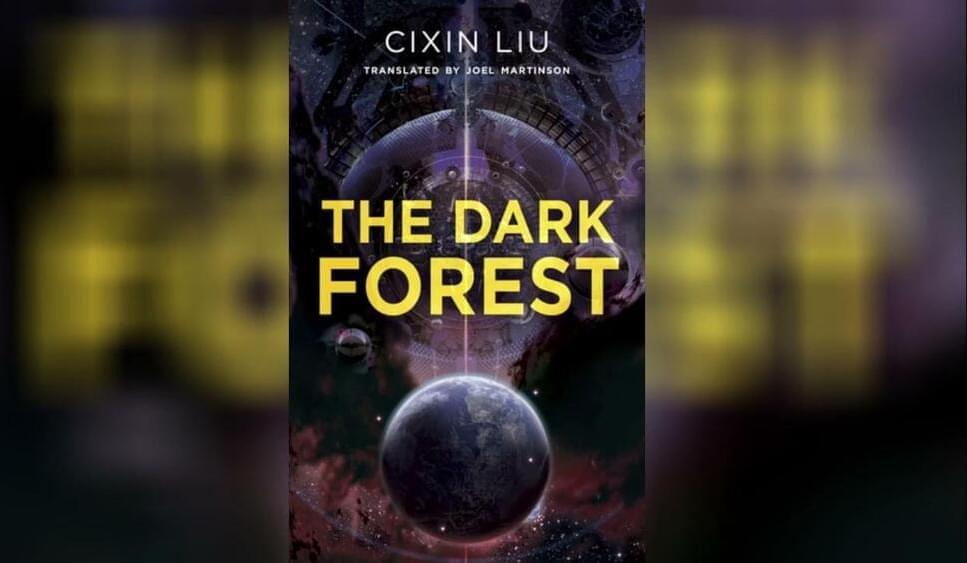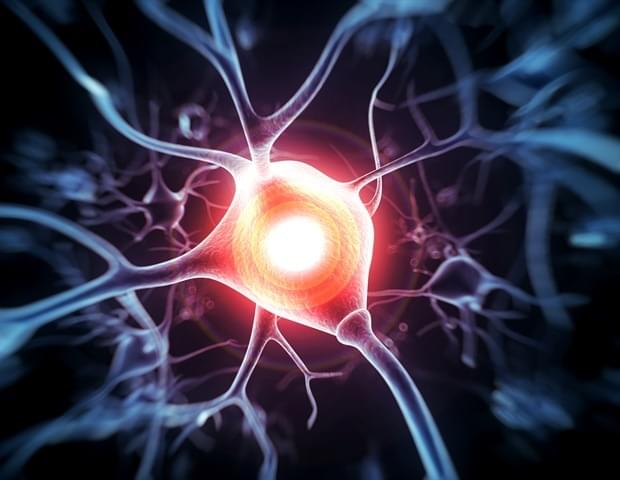Feb 18, 2023
But Where Is Everybody? Fermi Paradox Explored: The Dark Forest Hypothesis
Posted by Jose Ruben Rodriguez Fuentes in categories: bitcoin, cryptocurrencies, existential risks
Get a Wonderful Person Tee: https://teespring.com/stores/whatdamath.
More cool designs are on Amazon: https://amzn.to/3wDGy2i.
Alternatively, PayPal donations can be sent here: http://paypal.me/whatdamath.
Hello and welcome! My name is Anton and in this video, we will talk about another Fermi Paradox hypothesis: The Dark Forest.
Fermi Paradox playlist: https://www.youtube.com/playlist?list=PL9hNFus3sjE7lB0sJRnGLWng0uIPxUVqG
Images/Videos:
Henry Söderlund-CC BY 4.0 https://en.wikipedia.org/wiki/Liu_Cixin#/media/File: Cixin_Liu_at_Worldcon_75,_Helsinki,_before_the_Hugo_Awards.jpg.
Midjourney CC BY SA 4.0 https://midjourney.com/
Davidguam CC BY-SA 4.0 https://en.wikipedia.org/wiki/Hunt–Lenox_Globe#/media/File: Anfuorin.png.
#darkforest #fermiparadox #aliens.
Continue reading “But Where Is Everybody? Fermi Paradox Explored: The Dark Forest Hypothesis” »
